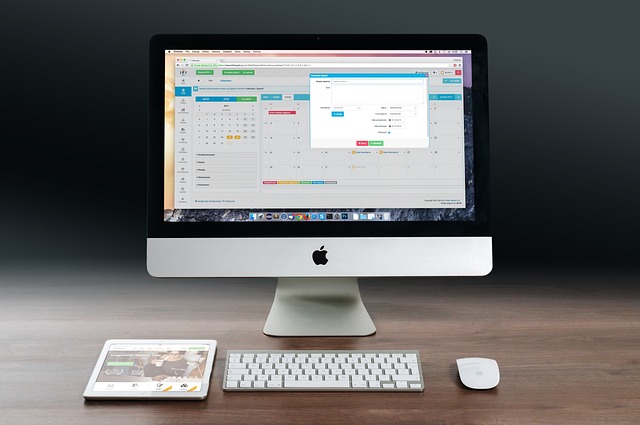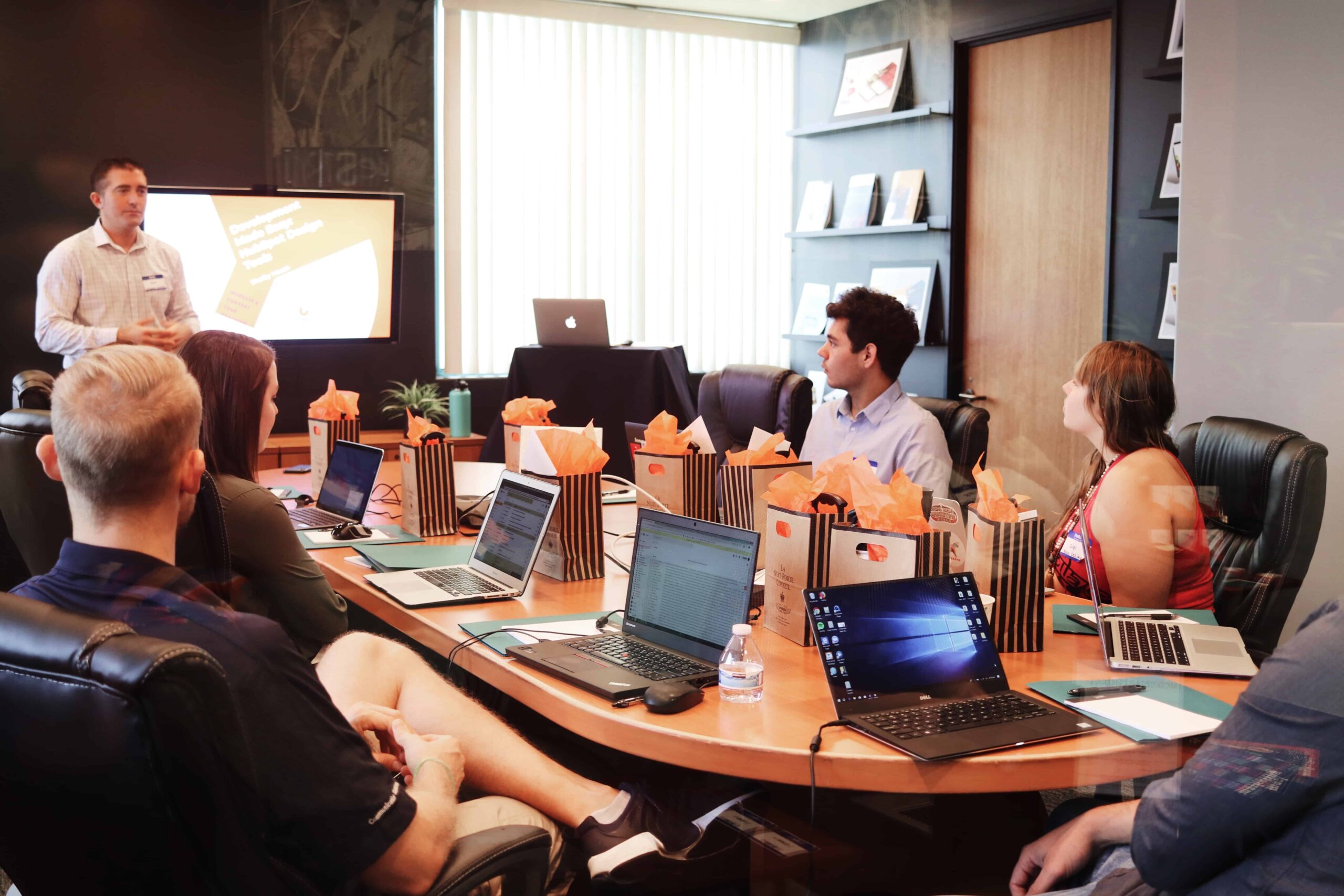Internet surfing is part of our personal and professional lives. Whether we are finding a new gadget for our kitchen at home, researching topics for school, or looking up tips for the next project at work, we use websites. Surfing the Internet is integrated into our everyday lives. Potential attackers are not just targeting big fish in the markets either. They are indiscriminate, casting a wide net to catch even small bits of information for profit. Small and medium business owners need to know how to complete safe Internet surfing. Then they can avoid malicious sites, links and information and educate their employees about how to avoid these pitfalls.
Guide to Safe Internet Surfing
Use secure websites that start with https://
Web addresses that start with https:// and have a padlock on the web browser transfer data on over the Internet just like http:// but use encryption when sending and receiving. Encryption hides the information from any prying eyes. This is especially valuable when sending money or sharing personal information via the web and is the first step to safe Internet surfing.
Enter your web address directly into the web browser
If an email contains a link, instead of clicking the link first hover over the link to see if it looks accurate. If it looks okay, search for the link on your own versus linking to a website. Dangerous websites can look identical to authentic ones. If you have a link from a trusted source hover over the link to see where it is taking you before clicking it. Once you have read the link and it looks accurate, then you can click the link.
Do not enter information or click on pop ups in a website
Pop up advertisements can contain malware and if someone clicks on it to add information or to even close it, it can be downloaded on the computer. This can happen even without the person knowing it has happened. Instead hover over the task bar to find the additional page that has opened and right click to close it. Keeping your antivirus, anti-malware and operating system updated protects your system as well. In addition, updating the security settings on the web browser helps as well. Many browsers already block pop ups to keep their users safe.
Check your online accounts regularly for unknown transactions
Even with careful Internet surfing, downloaded spyware can steal information as it is entered on safe websites. Spyware functions like a video camera giving another user a window to each action performed on the infected computer. The owner is usually unaware that the malware is on the computer and continues to add personal information into secure, bank websites. This information can then be used by another person to access information or even bank accounts. If users check their accounts regularly for unknown transactions, they can prevent further account misuse.
Read the fine print on the terms and conditions
Each website, app and online program has its own terms and conditions contract. It is tempting to bypass reading these documents to save time. Unfortunately agreeing to the fine print may give spyware permission to install itself on your computer. Then spyware can watch the information that is added through other sites.
Perform updates immediately
Microsoft and Apple and other software developers push out updates frequently. It is tempting to avoid taking the time to update and leave it to another day. These updates contain patches and easy fixes for new viruses that are infecting systems. Protect the computer simply by updating the operating system and antivirus software to prevent the newest threats from viruses, malware and spyware when Internet surfing.
Even when using this guide, potential attackers could breach your system. Use a good antivirus/malware software that has real time protection to stop any malicious software and/or remove it before it can cause havoc. IT Ninjas protects each of its clients’ networks with antivirus and malware protection that stops ransomware in its tracks, removes viruses and blocks spyware from gathering personal and business information. Combining great protection with employee education is the key to safe Internet surfing.


